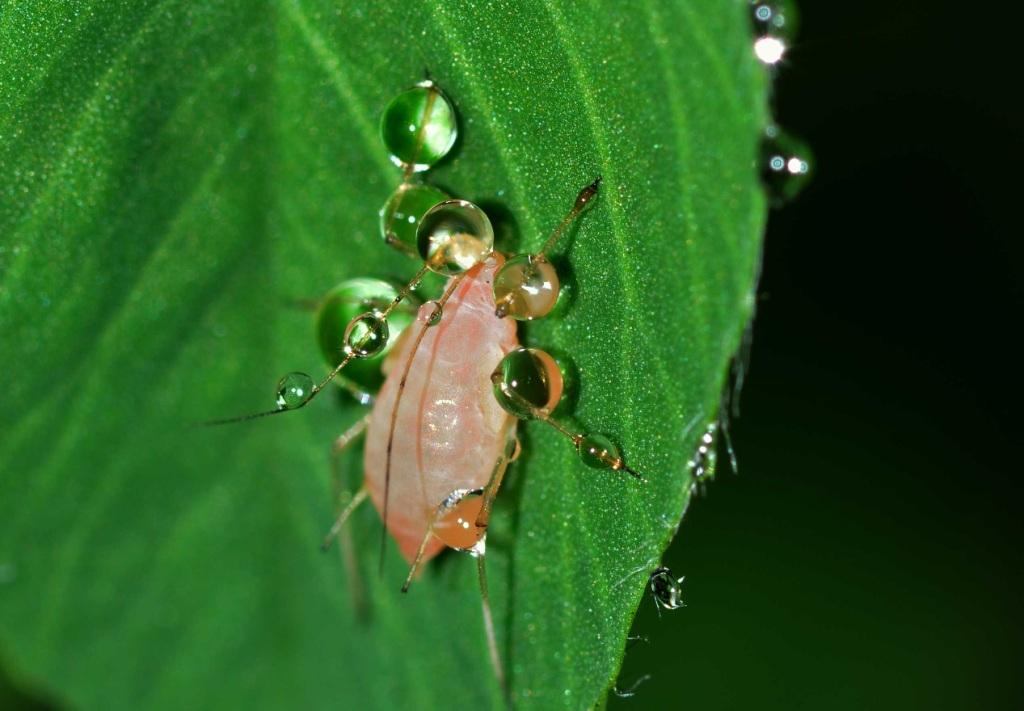Hydroponic Pest and Disease Management on a Homestead
Hydroponics is an increasingly popular method of growing crops, especially for homesteaders looking to maximize their yield in limited space. However, just like traditional farming methods, hydroponics can also face challenges from pests and diseases. In this article, we will explore effective strategies for managing pests and diseases in a hydroponic system on a homestead.
Prevention is the key to successful pest and disease management. Before setting up your hydroponic system, make sure to thoroughly clean all equipment and materials to prevent any potential contamination. Additionally, it’s crucial to start with healthy seedlings or plants as they are less likely to be vulnerable to pests or diseases.
One effective preventive measure is implementing good hygiene practices within the hydroponic environment. Regularly sanitize your tools and equipment with disinfectants before each use. This helps eliminate any potential pathogens that may cause diseases.
Maintaining optimal growing conditions for your plants not only promotes healthy growth but also reduces the risk of pest infestations or disease outbreaks. Monitor temperature, humidity levels, and nutrient balance closely as imbalances can weaken plants’ defenses against pests and diseases.
To control common pests such as aphids or spider mites in a hydroponic setup, consider introducing beneficial insects like ladybugs or predatory mites. These natural predators will help keep pest populations under control without the need for pesticides.
In case of disease outbreaks such as root rot or powdery mildew, act promptly by removing affected plant parts immediately to prevent further spread. Adjusting environmental factors such as reducing humidity levels can also discourage fungal growth.
Regularly inspect your plants for any signs of stress or damage caused by pests or diseases. Look out for yellowing leaves, wilting stems, chewed foliage, discoloration spots, or unusual growth patterns. Early detection allows you to take immediate action before infestations or diseases worsen.
Finally, proper record-keeping is essential for effective pest and disease management. Keep track of any issues you encounter, the treatments used, and their effectiveness. This information will help you develop a comprehensive plan to prevent future outbreaks.
In conclusion, by following preventive measures, maintaining ideal growing conditions, utilizing natural predators, promptly addressing pests and diseases when detected, and keeping accurate records, homesteaders can effectively manage pests and diseases in hydroponic systems. With careful attention to detail and regular monitoring, hydroponics can continue to be a successful and sustainable method of crop production on your homestead.


Leave a comment